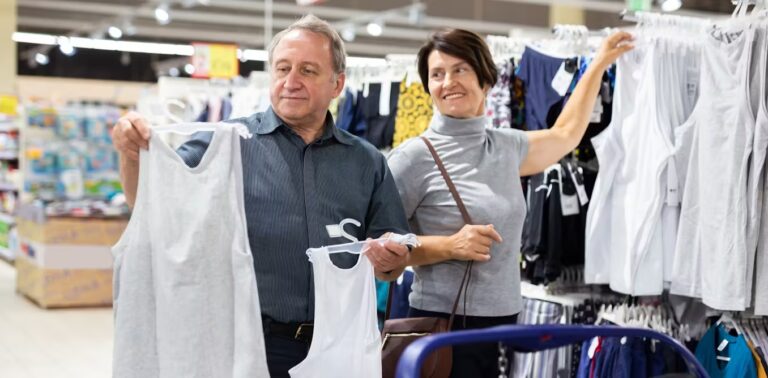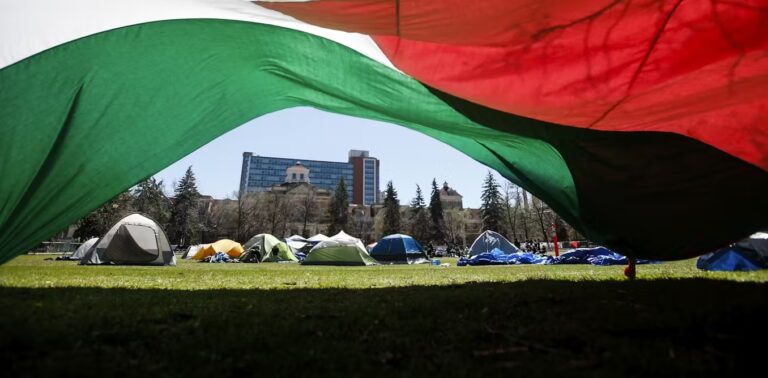Why Canada must act urgently to give undocumented migrants legal status

Written by Idil Atak, Toronto Metropolitan University, Delphine Nakache, University of Ottawa, Jason Foster, Athabasca University, and Luin Goldring, York University. Originally published in The Conversation. Migrant workers prune fruit trees in early spring in Pereaux, N.S. (THE CANADIAN PRESS/Andrew…











